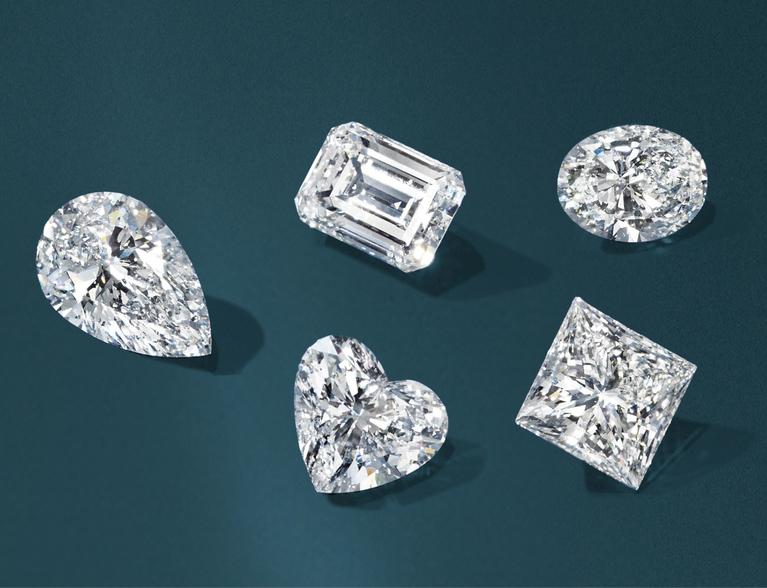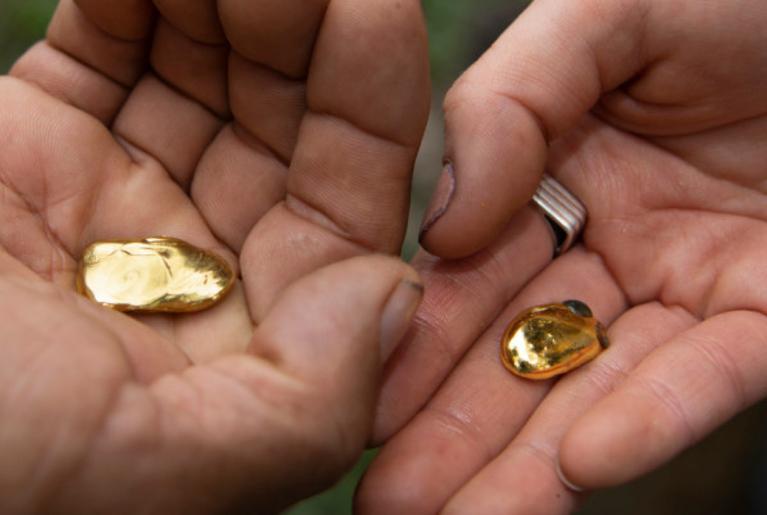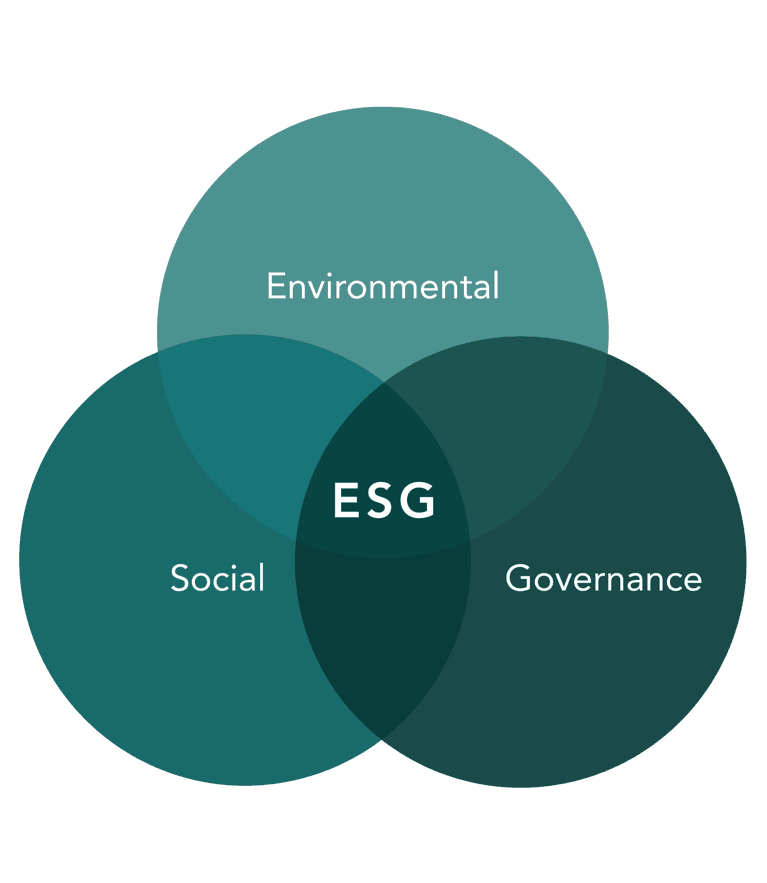Have a question?
We're happy to help


Our Mission
We're cultivating a more transparent, sustainable, compassionate, and inclusive jewelry industry.
From day one, we've created jewelry you can feel good about wearing. We never compromise between quality and conscience — and neither do our customers.
Our Pillars of Purpose

Transparency
We know where our precious metals and gemstones come from and how our jewelry is made. And we share that information with you.

Sustainability
We use recycled and sustainable materials, apply energy-efficient practices, and minimize our carbon footprint. From day one and every day after, we've set ambitious goals to protect the planet — and strive to achieve them.

Compassion
From mine to Main Street, we strive to make the world a better place. We care about our communities, and demonstrate it by giving through the Brilliant Earth Foundation and volunteering to create impact.

Inclusion
In our community, you are included, cared for, valued, and supported.
Our designs are crafted with inclusivity in mind, from gender-neutral styles and extended sizing to virtual try-on technology in all skin tones.
Our Mission Reports
2023
Read Report2022
Read ReportWe publicly report on our sustainability practices because we believe in transparency and want to demonstrate exactly how we make an impact.
Read All of Our Mission Reports

Corporate Social Responsibility
We founded Brilliant Earth in 2005 to raise the standards of our industry by creating beautiful fine jewelry that's different in every way — how it's made, sold, sourced, crafted, and how it gives back. From the very start and every day after, our commitment to corporate social responsibility is transforming an outdated industry.

Our Environmental, Social, and Governance Goals
Our goals push us forward, guiding everything we do. Advancing our Mission is ingrained in our culture and is part of everyone’s responsibility at Brilliant Earth. We are particularly proud of publicly committing to set near-term company-wide emission reductions by 2024 in line with the Science Based Targets initiative.
What Sets Us Apart
Our Mission is in our DNA. From day one, it's been integral to everything we do. Our values and vision will continue to disrupt the industry, driving it forward towards transparency, sustainability, compassion, and inclusion.




